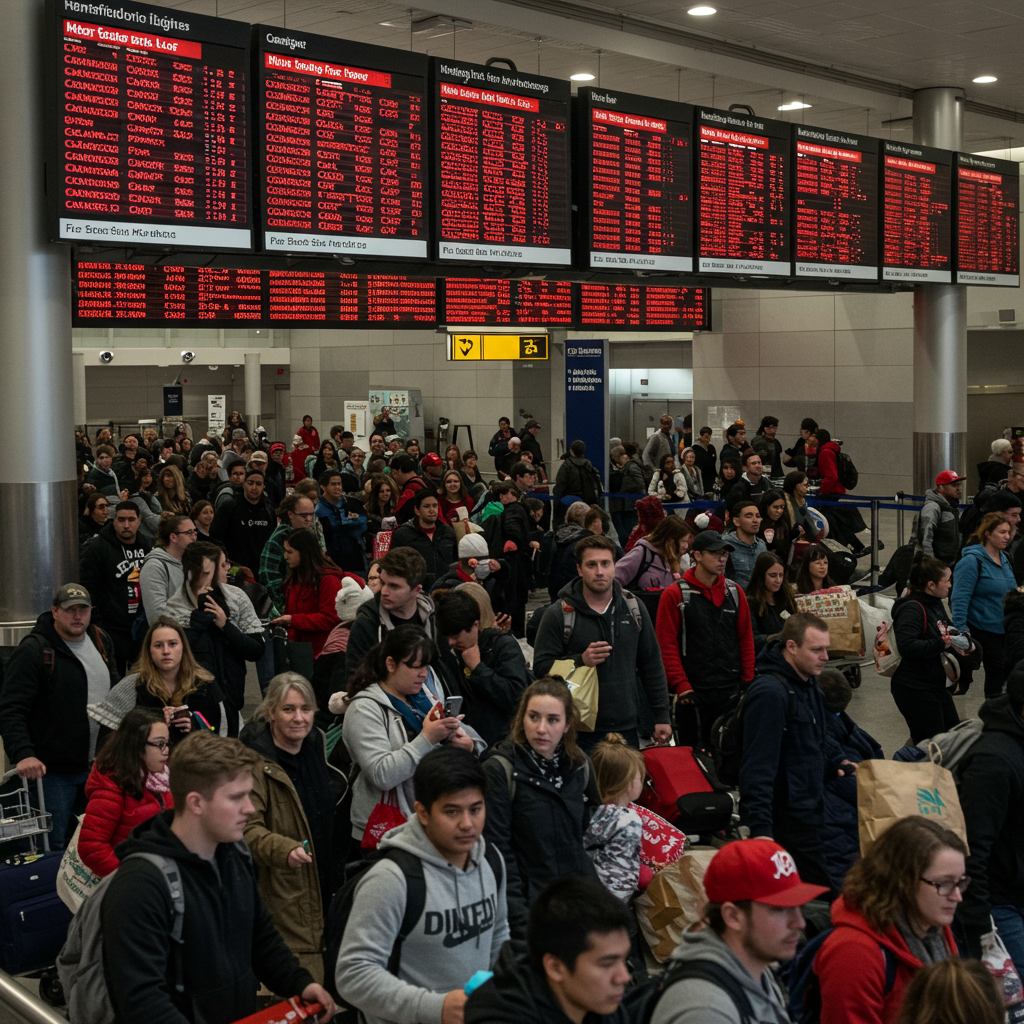tesla has officially reported a significant drop in its vehicle sales for the most recent quarter, marking the most substantial year-over-year decline in the company’s history. This downturn arrives as the electric vehicle giant faces mounting pressure from heightened competition and ongoing challenges linked to the public activities of its CEO, Elon Musk. The report reveals a notable decrease from sales figures posted just a year prior, raising questions about the company’s growth trajectory in a rapidly evolving market. Despite the sales dip, initial market reaction saw Tesla’s stock experience an unexpected uptick, surprising some investors who anticipated a worse outcome.
The automaker confirmed selling 384,122 vehicles during the second quarter. This represents a decrease of nearly 60,000 cars compared to the same three-month period last year, a sharp 13.5% reduction. This percentage drop stands as the largest year-over-year sales decline Tesla has recorded since its inception. However, providing a contrasting data point, the company noted a 14.1% increase in sales when compared sequentially to its performance in the first quarter of the same year. This indicates some quarter-over-quarter recovery, even as the annual comparison shows a significant step backward.
Following the release of these figures, shares of Tesla (TSLA) initially rose by nearly 4% in early Wednesday trading. This seemingly counterintuitive market reaction occurred because the reported sales volume, while down significantly year-over-year, actually exceeded some analyst projections. Certain forecasts had predicted an even steeper plummet in deliveries for the quarter. Nevertheless, this initial positive movement contrasts with the stock’s broader volatility and recent performance, which saw it hit its lowest point since 2022 earlier in the year, reflecting persistent market concerns.
Key Factors Driving the Sales Decline
Several interconnected factors appear to be contributing to Tesla’s current sales challenges, creating a complex headwind for the company. These pressures stem from both external market forces and internal brand perception issues. Experts point primarily to two major influences: the impact of CEO Elon Musk’s controversial political engagement on the company’s brand and an increasingly crowded and competitive electric vehicle landscape.
Brand Impact from Elon Musk’s Political Activities
Brand damage linked to the public actions and political stances of CEO Elon Musk is frequently cited as a significant factor influencing potential buyers. Musk’s high-profile political involvement, particularly his past and continued association with figures like former President Donald Trump and recent controversial endorsements such as Germany’s far-right AfD party, has reportedly sparked widespread negative sentiment. This backlash has materialized in various forms, including protests at Tesla showrooms across both the United States and Europe. Some instances of vandalism targeting Tesla vehicles and facilities have also been reported, highlighting the intensity of feeling among some groups. While Tesla does not provide regional sales breakdowns, vehicle registration data in key markets like the US and Europe suggests a sharp decline in sales, occurring even as overall electric vehicle adoption continues to grow in these regions. Analysts note that “Musk-related brand worries” contribute to a “continuous negativity around the TSLA brand,” potentially alienating some environmentally conscious buyers who might otherwise consider a Tesla vehicle.
Escalating Competition in the EV Market
Tesla is confronting significantly increased competition on a global scale. This challenge comes not only from established legacy automakers now pivoting towards electric vehicles but also, crucially, from a rapidly emerging field of Chinese electric vehicle manufacturers. This intense competition is particularly impacting Tesla’s performance in China. The Chinese market is the world’s largest for both EVs and overall automotive sales and has historically served as Tesla’s second-largest market globally. The success of domestic players there is directly challenging Tesla’s dominance.
A notable competitor is the Chinese automaker BYD. Based on recent sales figures, BYD is now strongly positioned to surpass Tesla and claim the title of the world’s largest electric vehicle maker by annual sales volume. While BYD’s footprint in the US market remains minimal or non-existent depending on the specific vehicle category (pure EV vs. plug-in hybrid), its explosive growth elsewhere is undeniable. BYD reported selling 1 million pure electric vehicles in the first half of the current year. This figure significantly outpaces Tesla’s year-to-date global sales total of approximately 721,000 vehicles, reinforcing the shifting dynamics at the top of the EV volume charts.
An Aging Vehicle Lineup
Another contributing factor to Tesla’s sales slowdown and recent declines is its relatively aging core vehicle lineup. Apart from the niche market appeal of the newer Cybertruck, Tesla’s most recent high-volume consumer model, the Model Y compact SUV, was initially introduced in 2020. This lack of frequent, all-new model introductions is seen by experts as potentially leading to market saturation in the segments where its popular Model 3 and Model Y compete. Competitors, meanwhile, are rapidly expanding their offerings across various sizes, price points, and body styles, providing consumers with more choices than ever before. Some analysts suggest that for Tesla to reignite significant growth and appeal to a broader mainstream audience, it may need to accelerate the introduction of a more affordable vehicle priced in the mid-$30,000 range, directly competing with entry-level gasoline and hybrid options.
Broader Market Context and Historical Performance
The latest quarterly report should also be viewed within the broader context of Tesla’s recent performance and the overall EV market. The reported 13.5% year-over-year drop in Q2 2025 follows a challenging 2024, which marked Tesla’s first annual global vehicle sales decline in over a dozen years. In 2024, deliveries fell slightly by 1.1% compared to 2023. The first quarter of 2025 also saw a significant drop in deliveries (336,681) compared to both Q4 2024 (495,570) and Q1 2024 (386,810), representing the worst quarterly performance in over two years at that time.
Historically, Tesla has enjoyed many years of rapid, consistent year-over-year sales growth, which was a key driver behind its significant valuation and status as the world’s most valuable automaker despite lower production volumes than legacy manufacturers. The only other recent instance of a quarterly sales drop occurred in 2020, largely attributed to production disruptions caused by the global pandemic shutdowns. The current trend of consecutive quarterly year-over-year declines signals a potential shift in the company’s growth narrative compared to its previous rapid expansion phase. While the overall US EV market continued to grow in 2024, its growth rate slowed compared to prior years, and consumer concerns about range, price, and charging infrastructure persist among more mainstream buyers.
Navigating Forward: Challenges and Potential Catalysts
Looking ahead, Tesla faces the challenge of reversing these sales trends amid continued competitive pressure and potential ongoing brand perception issues. The company has recently undertaken efforts to refresh its Model Y lineup, with production ramp-up efforts reportedly underway across its factories. The prospect of a lower-cost vehicle in development also remains a potential catalyst for future sales growth, aimed at attracting a wider consumer base. Additionally, Tesla has announced plans to launch a robotaxi service in Austin, Texas, potentially in the summer. This venture is seen by some as a crucial test of the company’s long-promised advancements in autonomous driving technology, which analysts like Daniel Ives view as key to Tesla’s long-term value proposition beyond simply being a car company. However, the immediate sales outlook remains pressured by the factors highlighted, requiring effective strategies to address market dynamics and public perception.
Frequently Asked Questions
Why did Tesla report its largest-ever year-over-year sales drop?
Tesla reported its largest historical year-over-year sales decline in the most recent quarter primarily due to a combination of factors. These include significant brand damage potentially linked to CEO Elon Musk’s political activities, intensifying global competition from both traditional automakers and increasingly powerful Chinese EV manufacturers like BYD, and an aging vehicle lineup that faces market saturation compared to newer competitor offerings.
How is increased competition, particularly from companies like BYD, impacting Tesla?
Rising competition, notably from Chinese automaker BYD, is directly impacting Tesla’s sales and market position. BYD’s aggressive growth, particularly in markets outside the US, has led it to sell 1 million pure electric vehicles in the first half of the current year, putting it substantially ahead of Tesla’s total. This positions BYD to potentially surpass Tesla as the world’s largest EV seller by volume this year, challenging Tesla’s long-held leadership position and reducing its market share in key regions like China and Europe.
What role are Elon Musk’s political activities playing in Tesla’s sales challenges?
Elon Musk’s political activities and public statements are contributing to brand damage and negative sentiment that appear to be deterring some potential buyers. Reports indicate that Musk’s political stances and associations have led to protests, vandalism, and notable sales drops in regions like Europe and the US, according to registration data. Analysts suggest these “Musk-related brand worries” create continuous negativity around the brand, adding pressure on sales performance.
Conclusion
Tesla’s recent report of a record year-over-year sales plunge underscores the significant challenges currently facing the electric vehicle manufacturer. While a sequential increase from the prior quarter offers a glimmer of improvement, the substantial annual decline highlights persistent headwinds. The confluence of brand perception issues stemming from CEO Elon Musk’s political engagement, escalating competition from a growing field of global rivals (most notably BYD), and an aging product portfolio are collectively impacting the company’s ability to maintain its historical growth pace. Although the stock saw an initial rise based on exceeding some analyst expectations, the long-term picture remains complex. Tesla’s performance moving forward will likely depend on its ability to effectively navigate these pressures, potentially through vehicle updates, new model introductions, and managing the broader impact of its leadership’s public profile.



